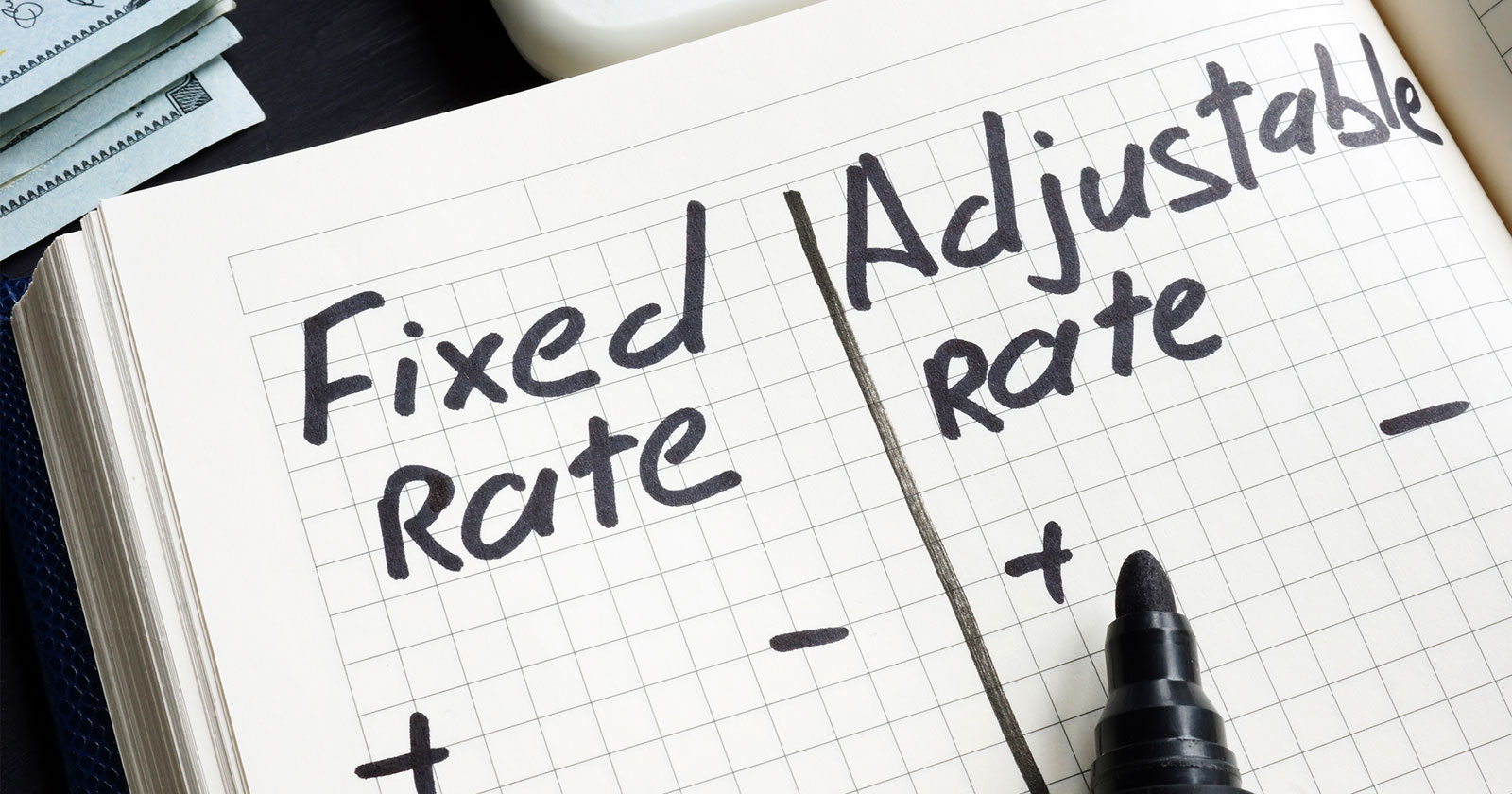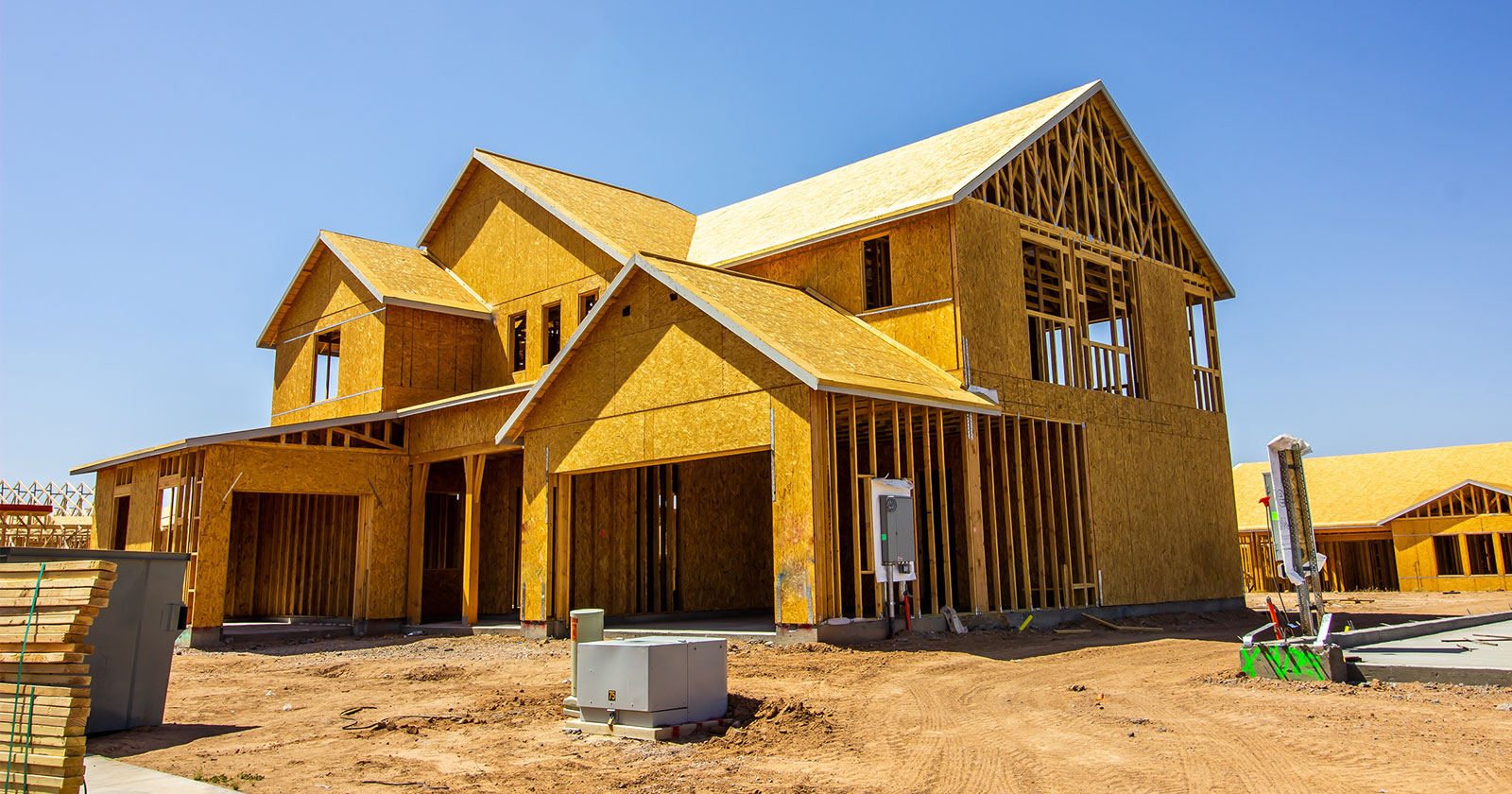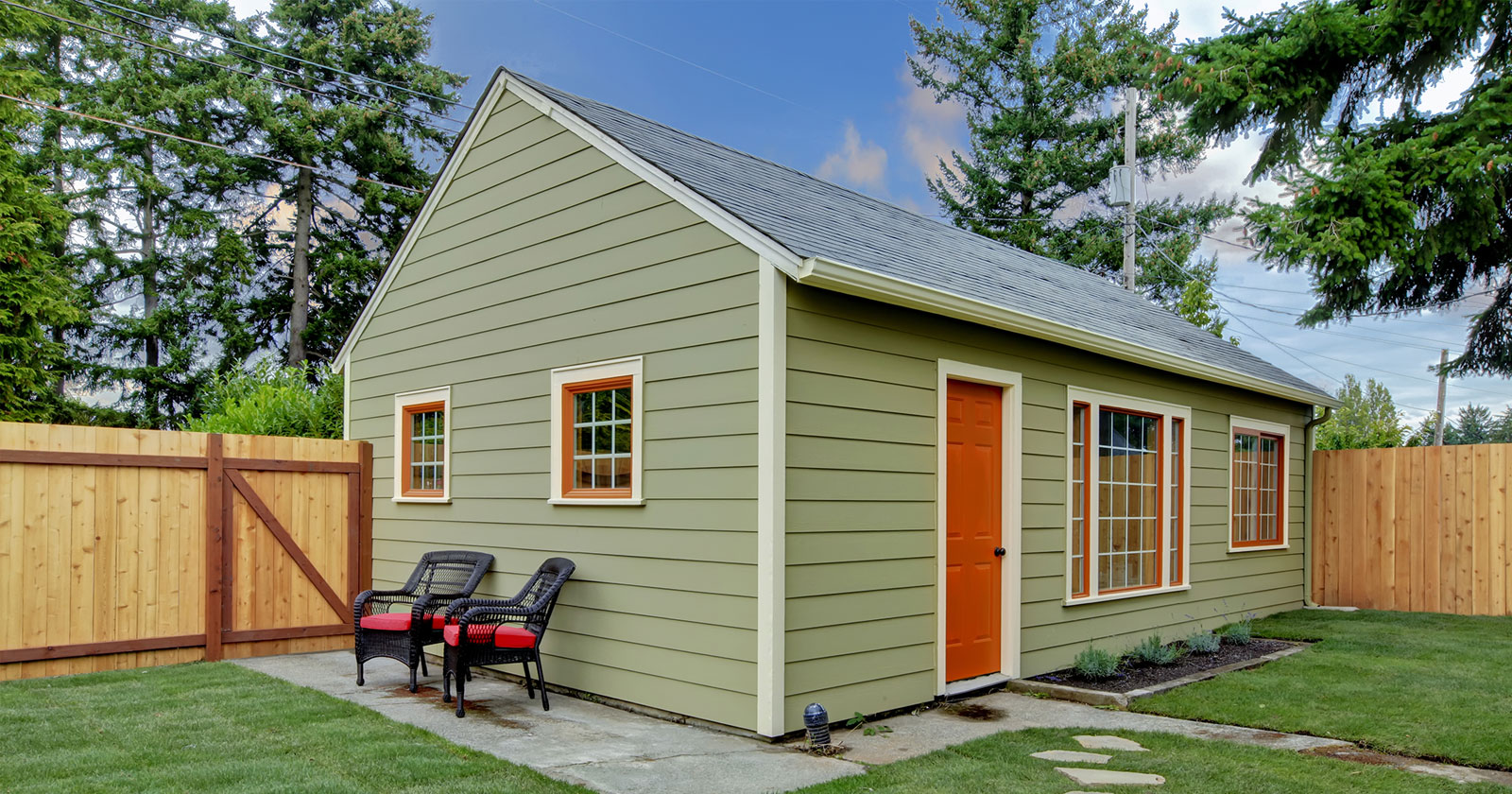When it comes to real estate, there are countless questions new investors must answer before diving into an investment project.
- “How much should you make on a rental property?”
- “How do you evaluate a rental property’s cash flow?”
- “How do you enhance a rental property’s cash flow?”
However, one of the most important questions investment beginners should ask themselves is:
How should I fund my investment property?
In real estate, investors view financing differently from homebuyers. This is especially true in long-term investing, where maximizing rental cash flow through an expanded portfolio is essential to profitability and business growth. Juggling loan options on multiple properties, as opposed to a single loan for a family home, invites new lending opportunities and ways to get the best deals.
However, understanding which long-term investment loan is best for you and your business goals can be difficult for new investors. Fortunately, Finance of America Commercial (FACo) is here to help!
Below, we’ll explain the various lending options available to long-term rental investors, including fixed-rate vs. adjustable-rate mortgages (ARMs) and recourse vs. non-recourse loans. This knowledge will help new investors choose the right lending strategy to maximize rental cash flow.
How should I fund my investment property?
In real estate, investors view financing differently from homebuyers. This is especially true in long-term investing, where maximizing rental cash flow through an expanded portfolio is essential to profitability and business growth. Juggling loan options on multiple properties, as opposed to a single loan for a family home, invites new lending opportunities and ways to get the best deals.
However, understanding which long-term investment loan is best for you and your business goals can be difficult for new investors. Fortunately, Finance of America Commercial (FACo) is here to help!
Below, we’ll explain the various lending options available to long-term rental investors, including fixed-rate vs. adjustable-rate mortgages (ARMs) and recourse vs. non-recourse loans. This knowledge will help new investors choose the right lending strategy to maximize rental cash flow.
Fixed-Rate vs. Adjustable-Rate Mortgage
Most people are familiar with conventional loans. These fixed-rate loans come with a “fixed” interest rate, meaning it never changes throughout the entirety of the loan.
Fixed-rate loans provide long-term real estate investors with:
Fixed-rate loans provide long-term real estate investors with:
- Predictable Payment Structures: With fixed interest rates, borrowers can expect a stable and predictable monthly payment throughout the duration of the loan.
- Interest Rate Protections: With a fixed-rate mortgage, borrowers are locked into a single interest rate, protecting them from market fluctuation and potential rate increases.
- Simplified Rental Property Cash Flow Analysis: For investors using a fixed-rate loan, rental property cash flow analysis is easier to predict, as monthly payment costs will not fluctuate.
While fixed-rate loans have their benefits and protections, they can minimize returns or create difficulties for investors:
- Higher Initial Interest Rates: In general, fixed-rate mortgages have higher upfront interest rates than ARMs (more on this later). Higher rates can eat into rental cash flows and minimize returns for investors.
- Less Flexibility: Fixed-rate mortgages provide less flexibility for investors in the short term. Because the interest rate is locked in, it can be harder to exit or refinance a rental property quickly, especially if market rates drop or investment goals change. With an ARM, you might have more wiggle room early on.
- Lost Opportunity: The stability of a fixed-rate mortgage comes at a cost. For starters, you may end up paying more in interest over the life of the loan if interest rates drop. You will likely be unable to take advantage of rate drops, unless you refinance–which comes with its own costs and headaches.
Adjustable-Rate Mortgages (ARMs), on the other hand, are less known and utilized by the conventional consumer market. An ARM is a type of property loan where the interest rate changes periodically. These loans start with an initial fixed period, where the interest rate is fixed for a certain amount of time–typically 5, 7, or 10 years.
ARMs are often advertised as “5/1 ARM” or “10/1 ARM.” The first number indicates the fixed rate period (i.e., 5 or 10-year fixed-rate). The second number indicates the rate adjustment timeline after the initial fixed period. So, a 1 tells the borrower that the interest rate will adjust every year. If you see a ⅚ ARM, the interest rate adjusts every six months. After the initial fixed period, rates increase or decrease based on a benchmark index and margin set by the lender.
ARMs can provide several advantages for long-term investors looking to enhance rental property cash flow, including:
ARMs are often advertised as “5/1 ARM” or “10/1 ARM.” The first number indicates the fixed rate period (i.e., 5 or 10-year fixed-rate). The second number indicates the rate adjustment timeline after the initial fixed period. So, a 1 tells the borrower that the interest rate will adjust every year. If you see a ⅚ ARM, the interest rate adjusts every six months. After the initial fixed period, rates increase or decrease based on a benchmark index and margin set by the lender.
ARMs can provide several advantages for long-term investors looking to enhance rental property cash flow, including:
- Lower Initial Rates: ARMs offer lower upfront interest rates compared to fixed-mortgages, making them more attractive for short-term rental investors looking to enhance initial rental cash flow and move on from a property relatively soon.
- Saving Potential: If interest rates fall, ARM rates and monthly payments could decrease over the lifetime of the loan–leading to more lucrative rental cash flow properties and investment potential.
- More Flexibility: ARMs can be advantageous for investors planning to move on from or refinance a property before the initial fixed-rate period ends. With lower interest rates, a property sale or refinancing can be less costly and easier to navigate for investors.
While ARMs may seem like the obvious choice for investors, they increase the level of uncertainty and risk for investors:
- Rate Increase Risks: The primary drawback of ARMs is the unpredictability of the market. Increased rates during loan adjustment periods can lead to higher loan costs, lost profits, and lower rental cash flows.
- Complexity: ARMs are not for the faint of heart. They can be harder to comprehend, especially for new investors. Understanding the terms, rate caps, adjustment periods, and indexes involved during negotiations is pivotal to getting the best loan and maximizing the cashflow of your properties.
- Loan Approval Difficulties: ARMs can require higher down payments or a proven record of success, as lenders also take on more risk and uncertainty.
Recourse vs. Non-Recourse Loans
One key aspect of rental business loans, whether fixed-rate or ARM, that investors must understand is recourse vs. non-recourse loans. While recourse loans provide higher approval rates, they enable lenders to pursue borrowers’ personal assets (and rental cash flows) if they default on their loans.
Non-recourse loans, on the other hand, create guardrails and limit the amount of collateral a lender can recoup if a loan defaults. Non-recourse loans provide a higher level of protection for borrowers, as opposed to lenders, which is why they typically require more experience and financial backing to qualify for them.
Non-recourse loans, on the other hand, create guardrails and limit the amount of collateral a lender can recoup if a loan defaults. Non-recourse loans provide a higher level of protection for borrowers, as opposed to lenders, which is why they typically require more experience and financial backing to qualify for them.
Investors: When to Use a Fixed-Rate vs. ARM
For long-term rental investors looking to maximize rental cash flows and business opportunities, the time to use a fixed-rate vs. ARM depends on your specific business goals and market conditions.
If your goals are to acquire and hold one or even a handful of long-term investment properties, the predictability and stability of fixed-rate mortgages can be more alluring. However, if your goals are to scale your portfolio by purchasing and selling, or refinancing a rental property to gain more funds for more investment opportunities, ARMs can be the golden egg you are looking for.
The market, of course, has some say over how investors should fund their project. For example, following the 2020 COVID-19 pandemic, interest rates were slashed by the Federal Reserve to encourage borrowing. This led to the average 30-year fixed rate falling to an all-time record low of 2.65% in January of 2021. In such unique circumstances, fixed rate mortgages are a no-brainer.
However, in today’s markets, with higher-than-normal interest rates and ongoing demands for rate drops by the executive branch, ARMs can be viewed as a more favorable endeavor for investors looking to enhance rental cash flow.
If your goals are to acquire and hold one or even a handful of long-term investment properties, the predictability and stability of fixed-rate mortgages can be more alluring. However, if your goals are to scale your portfolio by purchasing and selling, or refinancing a rental property to gain more funds for more investment opportunities, ARMs can be the golden egg you are looking for.
The market, of course, has some say over how investors should fund their project. For example, following the 2020 COVID-19 pandemic, interest rates were slashed by the Federal Reserve to encourage borrowing. This led to the average 30-year fixed rate falling to an all-time record low of 2.65% in January of 2021. In such unique circumstances, fixed rate mortgages are a no-brainer.
However, in today’s markets, with higher-than-normal interest rates and ongoing demands for rate drops by the executive branch, ARMs can be viewed as a more favorable endeavor for investors looking to enhance rental cash flow.
Optimizing Funding & Enhancing Rental Cash Flows with FACo
While fixed-rate and ARMs both offer their unique benefits, in order to optimize financing and maximize your rental property’s cash flow, you need a trusted and experienced capital partner. FACo has helped long-term investors expand rental portfolios, grow their business, and succeed in today’s competitive markets with some of the most reliable and flexible rental loan packages in the industry.
Our Rental Portfolio and Single Rental loan options offer:
Our Rental Portfolio and Single Rental loan options offer:
- Competitive 30-year term loan options
- Fixed-rate and multiple ARM options available
- DSCR with no W2s, paystubs, or tax returns required
- SFR, warrantable condos, townhomes, PUD, and 2-4 units eligibility
Additionally, FACo’s Rental Portfolio program offers non-recourse lending options to qualified borrowers.
If you’re looking to maximize your rental’s cash flow through an optimized lending program and partnership, look no further than the trusted and expert team at FACo. To learn more about our industry-leading financing options, CLICK HERE to schedule a FREE consultation today.
If you’re looking to maximize your rental’s cash flow through an optimized lending program and partnership, look no further than the trusted and expert team at FACo. To learn more about our industry-leading financing options, CLICK HERE to schedule a FREE consultation today.
Authored by Bianca Montalvo
SEO copywriter and strategist




